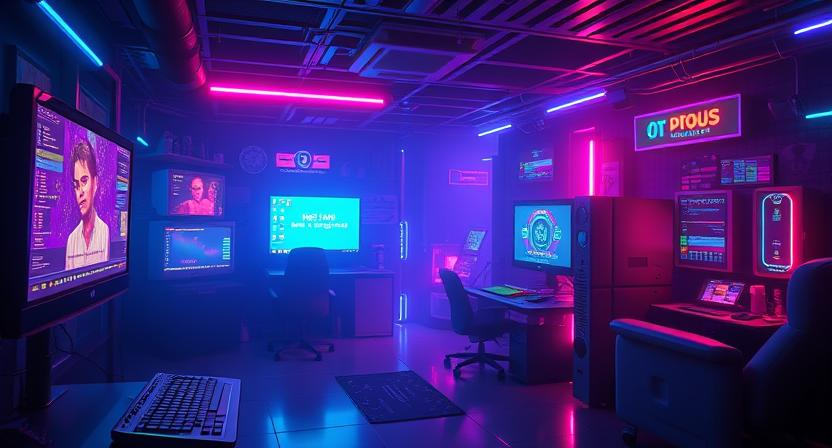Mods are more than just fan-made content—they’re one of the strongest indicators of a game’s long-term health. When a game supports modding, it invites a player-driven ecosystem of innovation, customization, and community stewardship.
Some games owe their entire legacy to mods. Skyrim, for instance, has remained popular for over a decade largely thanks to modding. From quality-of-life fixes and visual overhauls to total conversions (Enderal, Wyrmstooth), the community has effectively turned it into a platform.
Similarly, Minecraft has endless mods that add biomes, creatures, magic systems, and even entirely new genres—like factory automation (IndustrialCraft) or magic (Thaumcraft). These mods not only keep the game fresh, they attract entirely new audiences.
Sometimes, mods lead to full games. Dota began as a Warcraft III custom map. Counter-Strike started as a mod for Half-Life. PUBG was inspired by ARMA mods. In these cases, mods weren’t just extensions—they became genres.
Why mods matter:
- Extend replay value indefinitely
- Fill gaps left by developers
- Encourage creativity and problem-solving
- Build communities with shared tools and culture
However, not all games support modding easily. Locked ecosystems (Call of Duty, FIFA) limit community innovation. By contrast, moddable games enjoy longer shelf lives, stronger loyalty, and more active fanbases.
When players are allowed to build on top of your work, your game doesn’t end at launch—it becomes a platform.


